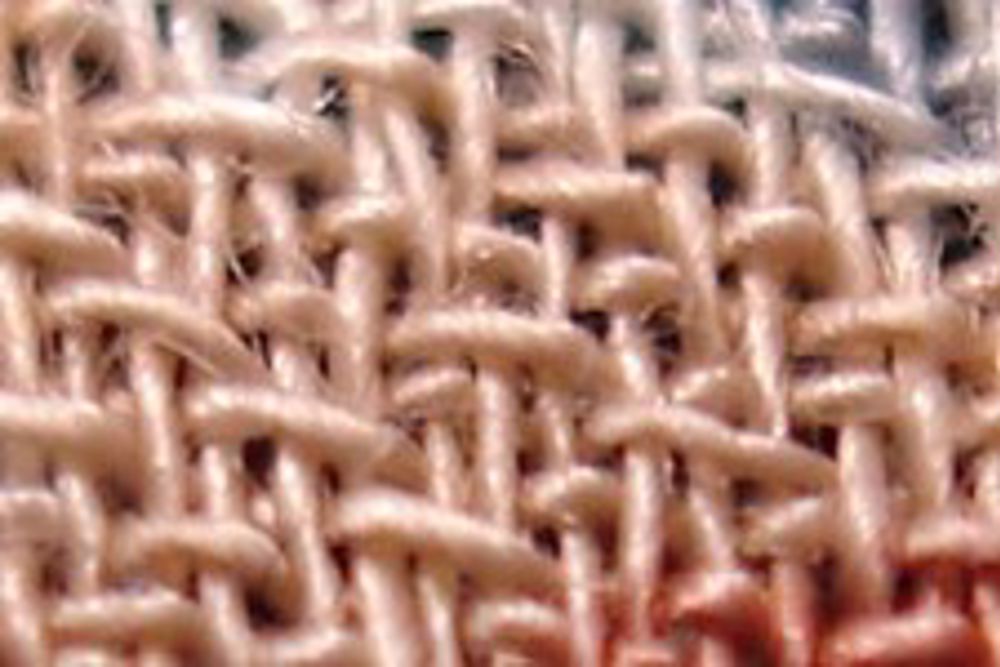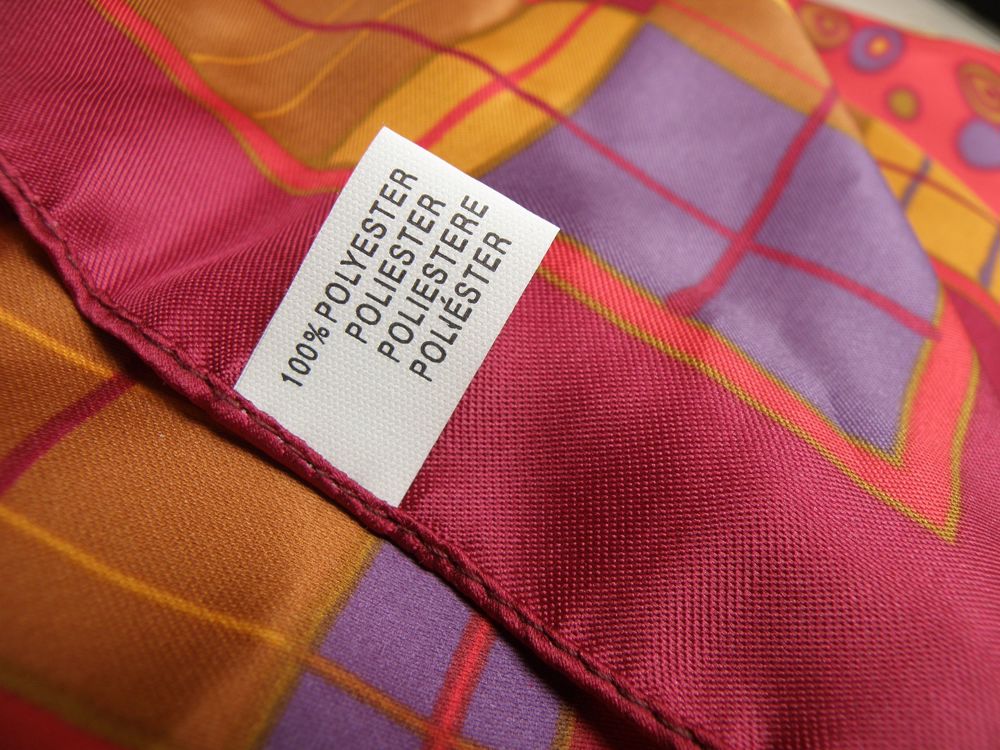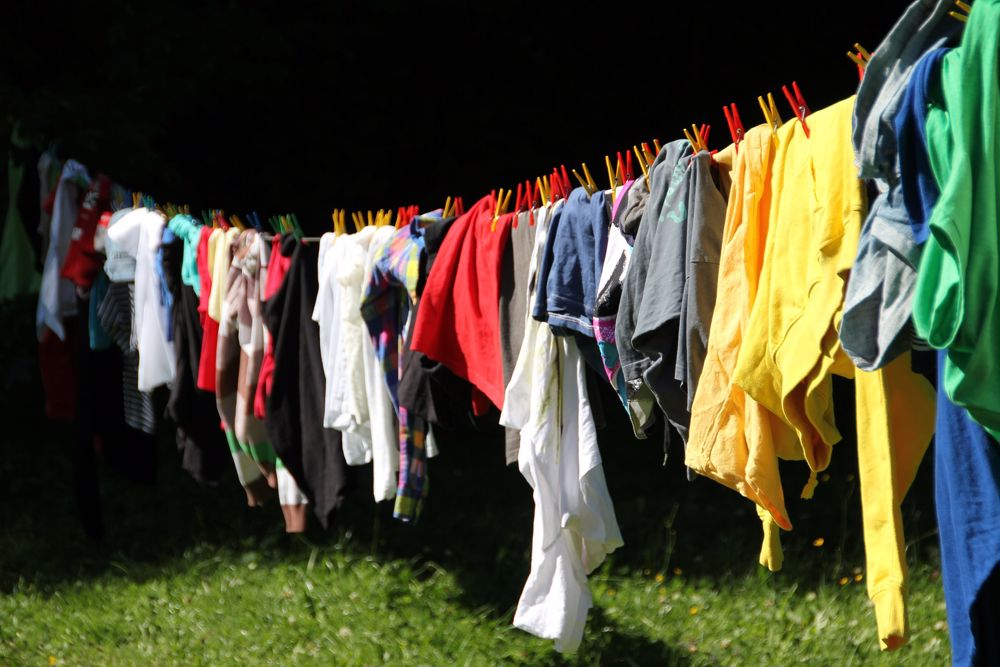Chemical Clothes
In 1900 clothes were generally dark so as not to show dirt, and heavy to last long and be repaired. Ordinary people had very few. Rich people had fine clothes made of silk, a fibre spun by caterpillars from digested cellulose.
In 1905 a company called Courtaulds Fibres emulated the silkworm by spinning fibres from a chemical solution of cellulose on an industrial scale. This was the substance known as viscose, trade name Rayon, and sold as ‘artificial silk’ and thus gave more affordable lighter garments.

Nylon was the first synthetic (i.e. made from industrial chemicals not natural products) commercial fibre in 1941, being hugely important for ropes and parachutes in WWII. Afterwards thin stockings called nylons were in great demand by women, as well as for other garments, easy to wash and dry, with no need for ironing.
The first rival was polyethylene terephthalate, a polyester given the trade name Terylene and the abbreviation, more durable than Rayon and more heat resistant than Nylon. Next came acrylic fibres as a soft alternative to knitting wool, and tri-acetates. In 1969 the Teflon that was famous in frying pans was produced as a breathable waterproof cloth for outdoor wear.

Clothes became lighter, brighter and easier to take care of and affordable for the many.
The early synthetic dye industry for silk, cotton and wool had been critical for the development of British chemical engineering expertise at the end of the 19th century. Now the availability of fabrics not just for the rich, led to the development of a range of new synthetic colours by ICI in the late 1950s. Different fabrics need different dying techniques, and the same colour on different cloths might need different dyes and treatments. New mechanical processes meant that fabrics could be woven or knitted in a whole range of ways as well as printed.
Clothes, were no longer just utilitarian but for fun, and the fashion industry boomed.
Both natural and synthetic fibres were improved and costs reduced.
A profession known as colour forecasting was created. In this, experts look at trends to predict demand for colours in products, which nowadays extends to all products. With the annual fashion cycle, the chemical industry needed to be prepared to meet demand for certain dyes, pigments and chemicals in the amount and time needed.

There is no doubt that synthetic fibres and dyes made life easier and more colourful for many people. However, the success produced some problems, notably a very wasteful society. Clothes are often so cheap that they are discarded after only being worn a few times. They are rarely repaired. For those that are washed and used, the durability of the synthetic fibres has generated an unanticipated environmental issue in that modern washing machines have distributed microscopic fibres into the water environment where they do not degrade like traditional ones.